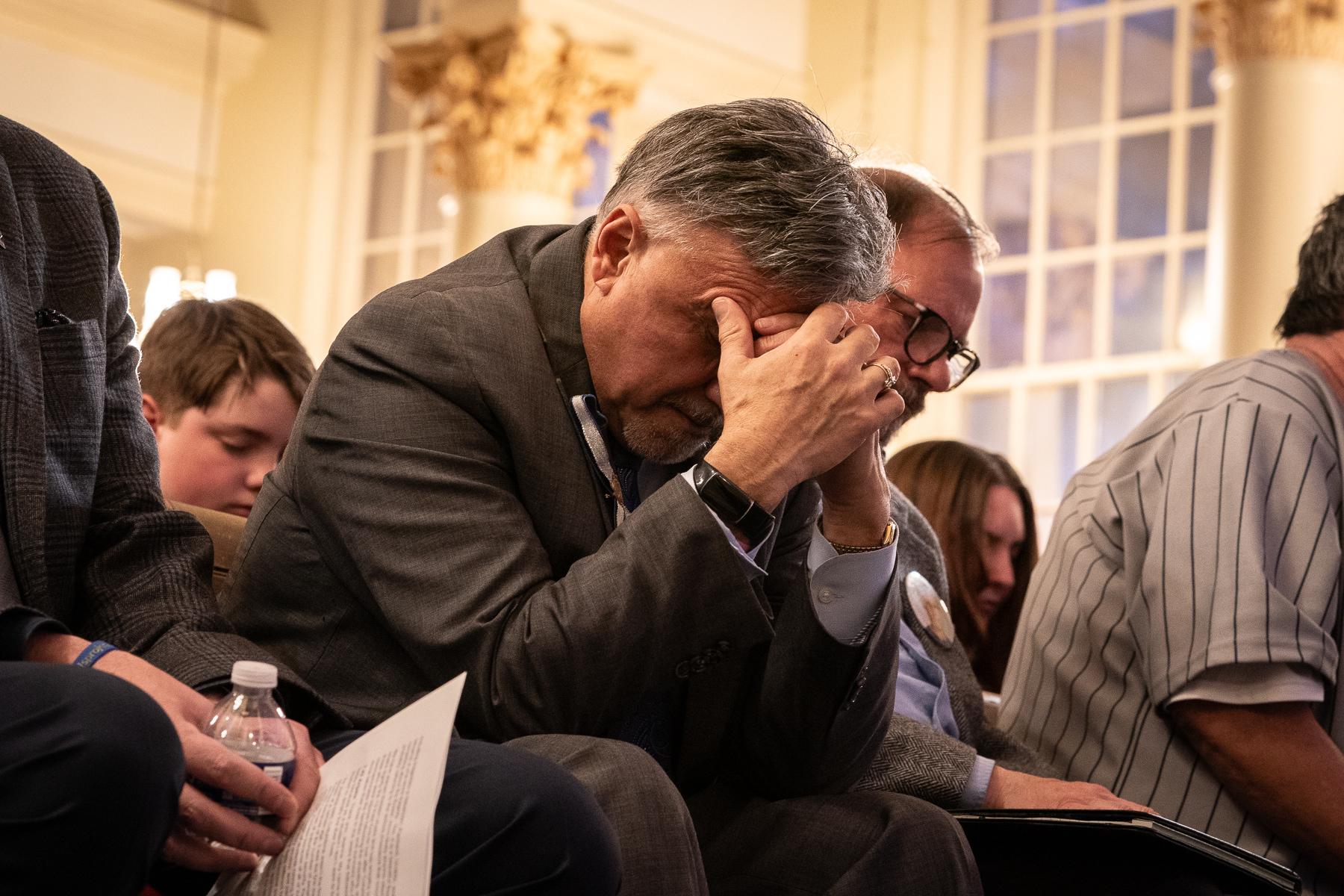
The Colorado Supreme Court issued a ruling Monday morning that has big implications for how much money state lawmakers distribute to schools.
It stems from a lawsuit filed a little more than a year ago by a group of school districts and parents. They argued that a device used by the Legislature called the "negative factor" to make cuts to public education is unconstitutional, because it allowed lawmakers to bypass Amendment 23, which was approved by voters in 2000.
CPR News education reporter Jenny Brundin spoke with Colorado Matters host Ryan Warner about the background in the case, and what it means moving forward. Edited highlights are below.
What's behind Dwyer vs. the State of Colorado:
This was a lawsuit filed a little more than a year ago by a group of school districts and parents. They argued that the way lawmakers currently fund education is unconstitutional.
What the parents and schools disliked:
They said that lawmakers bypassed Amendment 23, which required that the state gradually catch up to 1988 funding levels and then hold steady, even in times of economic downturn. It’s a statewide provision requiring annual increases to "statewide base per pupil funding." Lawmakers did this for a decade. But in 2010 – deep in the throes of the recession – they reversed course and began the funding cuts by way of a complex legislative maneuver called the "negative factor." The result was almost $1 billion each year cut from public schools. The suit argued that the "negative factor" violates Amendment 23.
How lawmakers justified the "negative factor":
They used a maneuver called the "negative factor" to help balance the budget in the recession by cutting from schools. That's what parents and schools challenged in court. The justices ruled with the state, arguing that this constitutional provision -- Amendment 23 -- only requires increases to "base per pupil funding," not total per pupil funding.
The difference between base and total per pupil funding:
The school funding pie consists of many slices. The biggest part is what’s called "base" student funding, how much the state gives districts for each student. The rest of the pie consists of extra money (called "factor" funding) districts get depending on how many "at-risk" students they have, how big the district is, and other factors.
The legal tussle centered on which part of the pie is at the center of the requirement to increase per-pupil spending each year. The plaintiffs argued it applies to all school funding, the whole pie, or total per pupil funding. The state disagreed. The majority of justices said lawmakers had not made cuts to this "base" per pupil amount.
What the plaintiffs and dissenting judges said:
They obviously disagree. They say cutting a billion dollars from schools violates the spirit of the law, and that the majority's argument exploits a technical loophole. And, the parents and schools who brought the suit disagree that "base" funding has remained steady. They say there have been cuts to the base funding because of the way Colorado funds schools.
Basically lawmakers look at how much revenue the state has and then sets a cap on how much it has to spend on education. That mean whittling that extra "factor" funding to allow just the "base" funding to keep pace with inflation. They do not say: 'OK what are schools' needs?' and fund on that basis. The result has been that Colorado is well below the national average in terms of school funding.
How the various factions responded:
Lisa Weil, executive director of Great Education Colorado, a non-profit that advocates for more investment in public schools: "Despite the voters best efforts to take students off the tracks of Colorado’s inevitable fiscal train wreck by passing Amendment 23, the state Supreme Court has put them right back in harm’s way."
Plaintiffs’ attorney Kathy Gephardt: "The truly sad part is that our students will continue to pay the price for our state's failure to keep the promise we made to them in 2000."
State Rep. Bob Rankin, member of the Joint Budget Committee: "It would have been an almost impossible situation to find $850 million that we would have had to come up with," he said. "That would have meant that things like higher education would basically get no funding."
State Sen. Pat Steadman: "I have no idea where that money would have come from had we faced a court order to eliminate the negative factor."
Gov. John Hickenlooper: "I think if we didn’t have the flexibility that the negative factor allows us we would be facing some various serious challenges in terms of the entire state budget. ... If we had to compensate for the 'negative factor,' in other words take that money out of different sources, higher ed, health care, you could down the list, it would be a very, very challenging exercise to do it."









